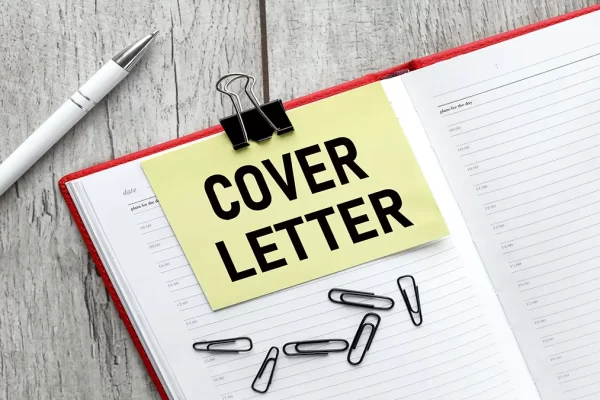
If you’ve recently tested ChatGPT or another AI tool to help you write your resume, you’re not alone. We’ve had more than a few clients tell us:
“I asked ChatGPT to write my resume and it sounded impressive. But it didn’t sound like me.”
That’s because AI doesn’t brand you. It fills in blanks. It mimics patterns. It borrows language from resumes already floating around online. And in some cases, that’s enough—if you’re applying to the same type of job you’ve always had, and you’re only trying to pass a keyword filter.
But when you’re targeting something more like a C-suite promotion, a board seat, a pivot into a new industry, or a position in a PE-backed or high-growth company, you don’t need content that sounds like everyone else.
You need something that captures who you are, what you’ve built, and where you’re going.
The Truth About AI in Resume Writing
Let’s be clear: AI is a great tool.
And you should use it.
You can use it to:
-
Get a first draft started
-
Clarify thoughts or generate structure
-
Polish a final version for typos or consistency
But using AI to write your entire executive resume is like using a PowerPoint template to pitch to investors without ever tailoring your message. Technically it works. But it won’t land.
AI can’t dig into your leadership decisions and frame them as strategic insight.
It can’t spot the hidden red thread across 3 seemingly unrelated roles.
It won’t challenge you to rethink what you’ve really accomplished in your career—and how that translates to the next level.
It also won’t ask:
“Why now?”
“What outcomes are you proudest of—and what do they reveal about your leadership style?”
“What would the CEO, board, or investors want to know about you in the first 60 seconds?”
That’s where expert resume strategy changes the game.
Why Executive Resume Writing Is Different
An executive resume isn’t a list of jobs. It’s a strategic positioning document.
Think of it as the cornerstone of your career portfolio; the thing that anchors your brand across interviews, conversations, LinkedIn, board bios, and even investor decks.
And to get it right, you need more than a writing tool.
You need someone who brings:
-
Experience: Not just in writing, but in hiring, strategy, and executive branding
-
Credentials: Industry training in executive resume writing, branding, and career storytelling
-
Curiosity: A genuine desire to understand your journey—not just what you’ve done, but how you think
-
Perspective: An ability to anticipate what decision-makers want to see and build toward that
-
Investment: Someone who’s committed to helping you succeed, not just fill a page with the right buzzwords
That’s what I bring to every project. And that’s why executives who could easily write their own resume, or prompt AI to do it, still come to me when the next step in their career truly matters.
The Risk of Generic Branding
One of the biggest risks of AI-led resume writing is that it makes everyone sound the same.
Everyone “drives results.”
Everyone is a “transformational leader.”
Everyone “delivers growth.”
But what’s the real story behind your growth?
What complexities did you navigate? What partnerships did you build? What did success look like in context?
That’s what decision-makers want to know. And that’s what separates a resume that sounds nice from a resume that gets you in the room.
Because once you’re being considered for a top-tier role, the question isn’t:
“Can they do the job?”
It’s:
“Do I believe in this person’s leadership? Do they align with what this company needs next?”
Your Resume Is Your Brand Bridge
A strong executive resume isn’t just a reflection of your past—it’s a bridge to your future.
It should speak to:
-
The scale and complexity of what you’ve led
-
The environments where you thrive (startup, turnaround, PE-backed, global enterprise)
-
The leadership values you bring to the table
-
The strategic value you offer at the next level
AI can list bullet points. I build narratives that position you for that next level clearly, powerfully, and authentically.
Final Thoughts
If you’re using AI to brainstorm, great. Use it. Leverage it. Let it help you think through structure and flow. But don’t expect it to replace the deeply strategic, highly personal process that executive branding requires.
Because your resume doesn’t just get you through an ATS.
It shapes how people see you. It guides the conversation.
And in many cases, it determines whether you get the call.
When you’re ready to move forward—not just apply for something, but position yourself for it—I’m here to help.
Let’s build a resume that doesn’t just check boxes.
Let’s build one that opens doors.





